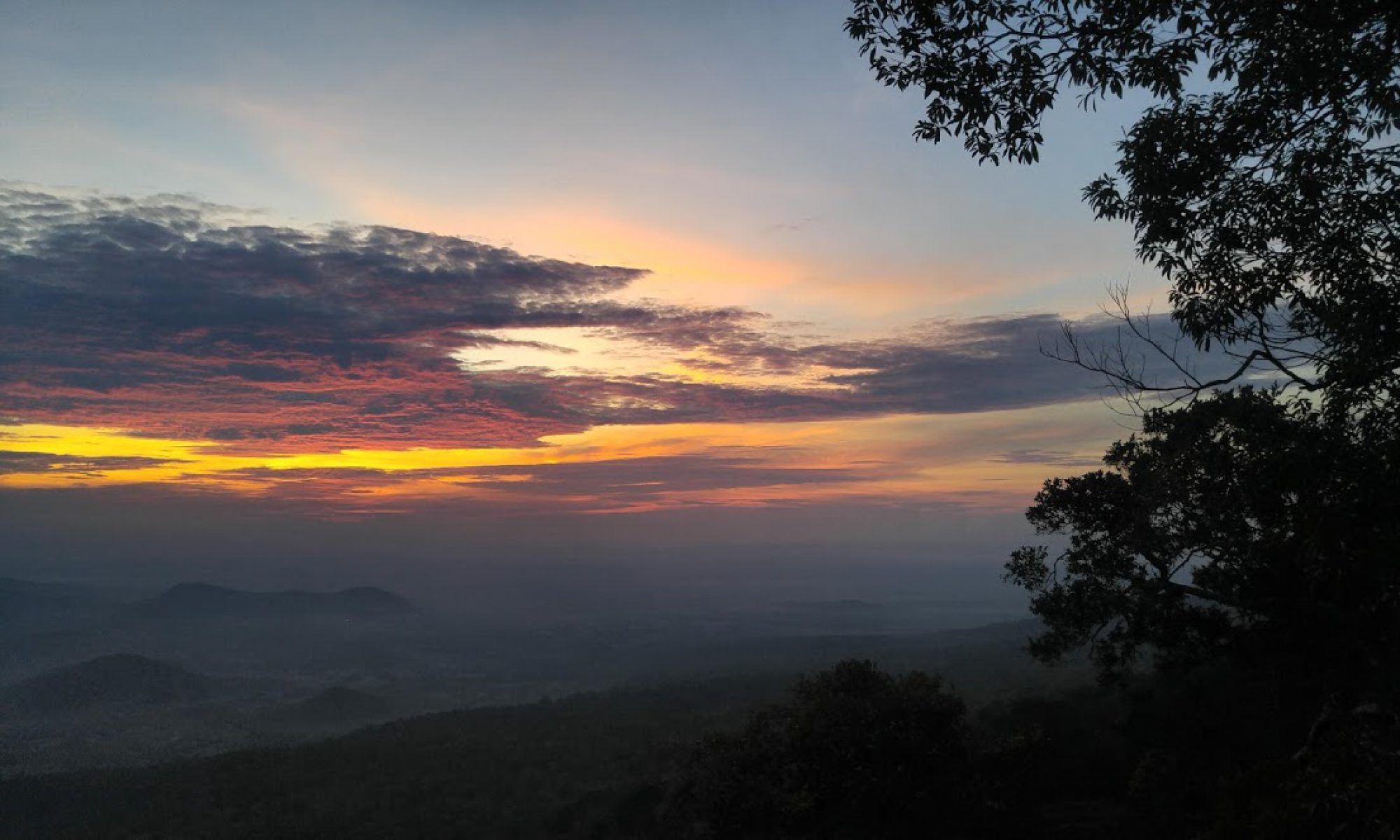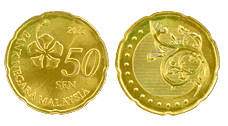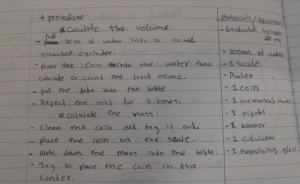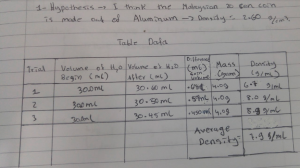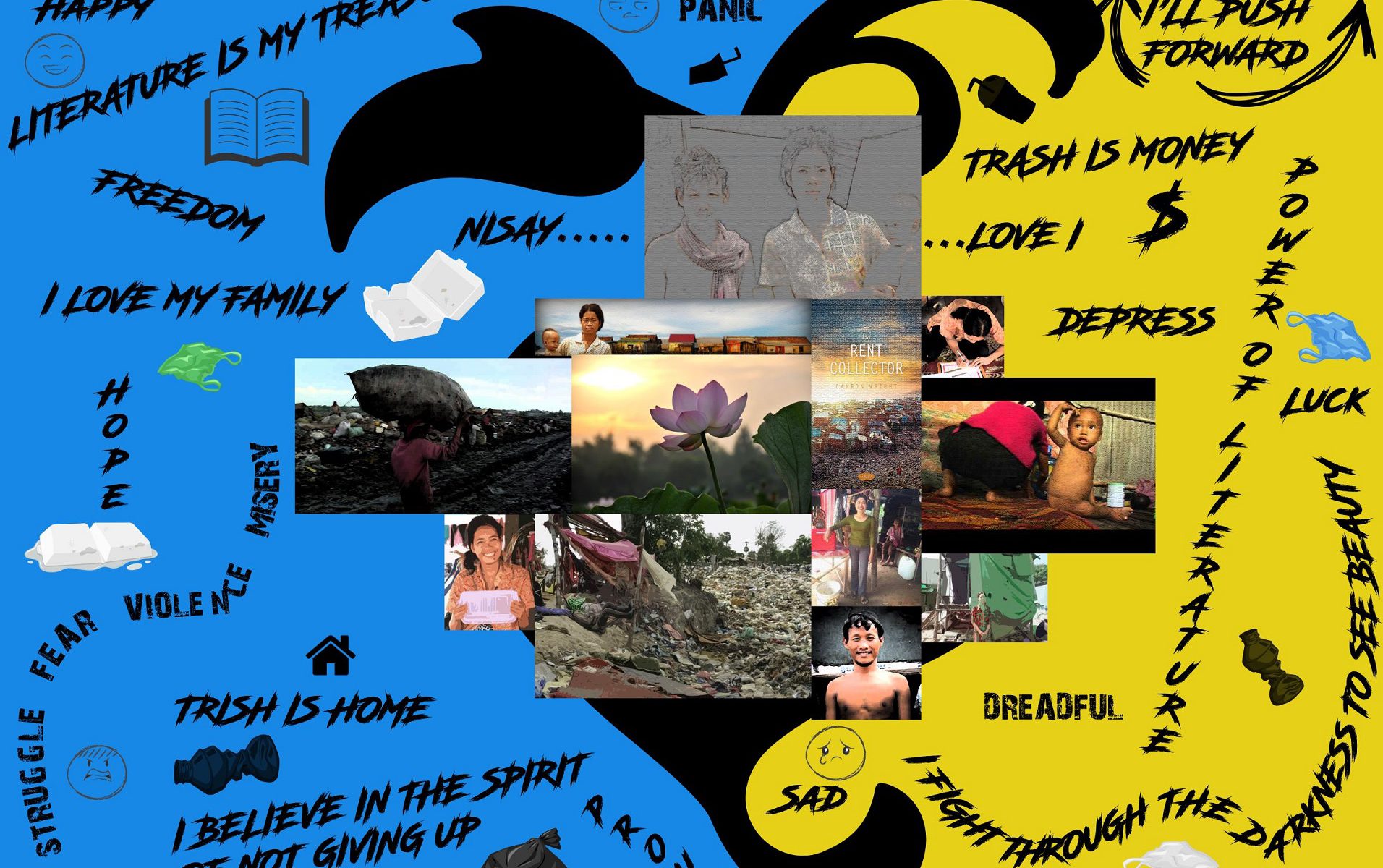Over the past seven weeks, we had been working to brainstorm some ideas that would be possible to submit it for the BMC Cambodia 2018 competition. At the same time, Keith had taught us different ways to look at the problem and find a solution for it. In addition, he had to get us to expose to previous year application and their video. I had come up with the pain of students finding a hard time accessing information in Khmer language resources. I had brainstorm the pain and the solution and collaborate with my team to create a 3 minutes video to submit for the competition. Visal was helping me with the script and Kimseng was our filmmaker and editor.
Conservation Report of the Asian Elephant in Cambodia
Conservation Report of the Asian Elephant in Cambodia
There are two main distinct types of elephant, the African elephant (Loxodonta) and the Asian elephant (Elephas maximus). There are currently estimated 400 and 600 wild elephants in Cambodia. This keystone species can be mainly found in the Cardamom Mountains in south-western Cambodia, and the eastern plains of Mondulkiri Province. The population of this species had dramatically decreased over the past few decades due to a significant increase in hunting, captivity for human use, habitat loss and fragmentation for agriculture and roads.
We should not let this negative impacts continue to occur and affect the Asian elephant. The Asian elephant plays an ecological significance role as a keystone species to provide sustainability to their community and ecosystem. For instance, the elephants digging the soil for water, they use their huge mass and their tusks to dig the waterholes which create another available water sources, especially, in the dry season. In addition, when there are more available water sources in an ecosystem it allows other species to realize and have more potential access to this water source. This community service helps other species to no longer needed to travel for long distance to fulfill their thirst.
Another major role of this keystone species is to sustain the food web and maintain the population growth of the primary producer. The Asian elephants weigh between 3500kg to 5000kg, therefore, they require to consume about 140 kg and drink up to 190 liters of water in a single day. The elephant is one of the herbivorous apex predator and the largest land mammals on earth. The elephants usually travel in an average distance of 25 km on a daily basis while foraging for the large quantities of food such as grasses, small plants, bushes, fruit, twigs, tree bark, and roots. This keystone species have the commensalism interactions with the fruits, other plants, and animals. When the elephant consumes the fruits they poop back the seeds and help to disperse the seeds in the long distance across the ecosystem. In addition, their dunk is a great fertilizer that can help to maintain the nutrient rich-soils in an ecosystem. Moreover, their dunk also important for other species such as hornbills, banded mongooses, and vervet monkeys because the dunk isn’t fully digested so it can provide nutrients for other animals. Furthermore, while they travel and forage in the vegetation, the elephants create a pathway for other smaller animals to travel but as well allow more sunlight and space that is available for the tiny plants to grow. Not only that, with their huge body and roam over long distances the elephants help to disturb the insects which allow the predators to forage for the insects easily.
Elephants use their tusks to dig for roots and water or even fight each other. Unfortunately, their ivory has gotten them into trouble because it is really valuable to some people. There is a lot of demand and trading for the elephant’s tusks in Cambodia as well around the world which lead hunting to one of a major issue that causes the population of the elephants decreases so rapidly. Other purposes of hunting elephant are also for meat and leather.
There is also a huge problem with captivity, the villagers use the elephant for their own needs as a transportation to carry heavy goods. In addition, other tourist companies use the elephant as a tourists attraction and let them ride on the elephant to view the forest at Mondulkiri and view the temple at Siem Reap. However, it is fun for tourists but this is stressful and not enjoyable for an elephant. In addition, in return the elephants usually get punishments with less food, hitting, and capture them in small tiny space.
The Asian Elephant is an important part of the Bunong people’s culture and belief system at Mondulkiri province. Elephants are an important connection to the spirits that the Bunong believe live in the forests, mountains, and houses in the villages.
As the population in Cambodia is growing and developing there is needed to be more available space and expand on the agriculture sector to support the family and country’s economic. At Mondulkiri, the elephant is facing a major threat of habitat loss due to a lot of deforestations from different companies and individuals. The soil there is nutrient rich and has a good condition for agriculture. So there are millions and million dollars of investment that are invested in this particular area to mainly grow cassava and rubber trees. Deforestation isn’t just for agriculture but the people cutting down value and expensive trees for their own business, trading, and personal use.
Habitat fragmentation is another major issue, people starting to build more residents and more roads for tourism but as well to transport those goods from the agriculture to the main city. This lead to habitat fragmentation that suffers the elephant because they will lose their habitat, get less food, cause huge chances to community structure, and ecosystem health. affect their interaction, and lead to a decline in elephant population density. The invasive by human population cause a negative impact to an elephant’s ecological niche and lead to decline their population growth in Cambodia.
Even though there are currently a few local and international organizations that are trying their potential to preserve this keystone species. However, the population of the Asian elephant is currently endangered. The population will still continue to decrease because we need more conservation actions and more effective ways to approach the above issues if we want to sustain this keystone species. In addition, Cambodia needs to improve our environmental policy and enforcement from the government toward this problems. And due to our current economic circumstances, we need more international support and financing.
In Cambodia, there are current conservation actions from different organizations and government such as World Wildlife Fund (WWF), Fauna and Flora International (FFI), Wildlife Conservation Society (WCS), Elephant Valley Project (EVP) and Ministry of Environment. Most conservation actions take place in the Eastern Plains of Mondulkiri Province and the Northern Plains of Preah Vihear Province which is the hot-spot of the elephant population. In 2005, FFI had established the Cambodian Elephant Conservation Group to help sustain and protect the population of this species. FFI had gathered different institutes and work with the Ministry of Environment to provide fundraising and technical support to help to protect the Asian elephant in Cambodia. They had worked closely with the forest communities to reduce human-elephant conflict and raise awareness about the effects on the elephants.
FFI and WWF had also set up camera trapping different places of the forest to understand the threat and gather more information about the elephant condition and their current population. Moreover, WWF had tested the DNA from the elephant’s dunk to estimate the population of this species in the Eastern Plains. WCS has established a Seima Protection Forest at Mondulkiri that had one of the largest protecting areas in southeast Asia. The protecting area helps to conserve the habitat of the elephant population from hunting, deforestation, and other human disturbances. When the team knows any cite of deforestation and hunting WCS will send their team into the forest to stop the human actions.
Elephant Valley Project (EVP) is a non-profit organization in Senmonorom, Mondulkiri province. Their mission is to improve captivity elephant’s health and try to bring those elephants back into their wild habitat by creating a sanctuary protected area for the elephant. EVP work closely with Bunong people to provide the support and education to stop using the elephant for their own needs. Instead, EVP uses the sanctuary protected area to create a tourism place that gives the elephant back their independence, natural behavior, and with hurting them but still provide a unique cool experience back to the tourists. The tourists can observe how the elephants live visually, study about their characteristics but as well providing care and support to help maintain the sustainability of the Asian elephant. The sanctuary help to support the local community by bringing more tourists, create more jobs but at the same time help to protect their forest, natural resources, and the elephants.
The forest, the elephants, and other species had suffered enough from human actions from the past few decades. For future conservation actions, the government needs to implement and improve the enforcement of the law to anyone who contributed to illegal actions that cause an impact on the forest and animals. Local community and citizens play an important role to help preserve our nature. Most of the villagers still have a lack of understanding and education toward their own actions that could cause an enormous negative toward the forest and animals. The villagers have no other option besides getting the advantages from nature, they need to make money, support their family, and get their child to go to school. That is why we need more projects like the EVP that help to support community services and create more will educational activities and actions to make the citizens feel like they should help to preserve and care about our nature. Lastly, the conservation teams that we currently have isn’t enough, we need more teams to fight back the illegal activities that are happening every single day. If we do not put more effort and actions to sustain our nature, in the next few decades we will experience a larger negative impact on our forest that could result in more animal extinction.
References:
“Elephant Conservation in Cambodia.” Fauna & Flora International, www.fauna-flora.org/projects/elephant-conservation-cambodia.
“Asian Elephant.” WWF, cambodia.panda.org/projects_and_reports/endangered_species/mammals/asian_elephant/.
“Direct Protection to Forests and Wildlife.” Wildlife Alliance, 27 July 2018, www.wildlifealliance.org/.
“Saving Wildlife Elephants.” WCS Cambodia, cambodia.wcs.org/Saving-Wildlife/Elephants.aspx.
The Altruistic Traveller. “Discussing the Importance of Cambodia’s Elephants– An Interview with the Lead Guide of the Mondulkiri Project.” The Altruistic Traveller, 9 Dec. 2016, thealtruistictraveller.com/blog/discussing-the-importance-of-cambodias-elephants-an-interview-with-the-lead-guide-of-the-mondulkiri-project.
“The Role of Elephants in Maintaining an Ecosystem.” Greentumble, 15 Mar. 2018, greentumble.com/the-role-of-elephants-in-maintaining-a-healthy-ecosystem/.
“Corridors Project off to a Great Start.” Save the Elephants, savetheelephants.org/about-elephants/importance-of-elephants.
“Asian Elephants In Peril | Earth Focus.” KCET, 1 Oct. 2018, www.kcet.org/shows/earth-focus/episodes/asian-elephants-in-peril.
https://www.youtube.com/watch?v=i4SETSsXkx0
“Asian Elephant | National Geographic.” A Guide to Kentucky’s Mammoth Cave National Park, 21 Sept. 2018, www.nationalgeographic.com/animals/mammals/a/asian-elephant/.
First Chemistry Lab
Lab Report:
Title: What is the Metal type of the Malaysia 50 Sen Coin
by Mengthong Long
Introductory Chemistry
September 4, 2018
Abstract
The coins were introduced as a method of payment around the 6th or 5th century and from that time different countries tried to invent a different style of the coins for their currency. In the contemporary world, we still use the coin as our payment methods and those coins are made out of different metals types such as copper, aluminum, gold, silver, iron, nickel and many more. In this lab, it was set up for figuring out the Malaysia 50 Sen coin metal type. To do this, knowing the density of the coin was essential. So there were two main steps, first was to calculate the volume of the coin and then calculate the mass of the coin. Our results showed that the average density of the Malaysia 50 Sen coin was 7.9 g/ml and the coin was made out of a Gadolinium but compared to the actual data the coin was actually made out of a Brass Nickel.
Introduction
Coins are very important and necessary for many countries for their payment system, they use the coins as money in everyday transactions and exchange. There are many styles of coins that are made out of different metals depending on their value and each country preference. The basic of the coins are usually disc-shaped with different sizes and designs.
The main purpose of this experiment was to figure out the Malaysia 50 Sen coin metal type. Before the experiment, the hypothesis was that the Malaysia 50 Sen coin was made out of an Aluminum since the mass of the coin was light so its density wouldn’t be that much either, therefore, Aluminum was the choice based on the mass and observation.
Materials and Methods
In the experiment, there were two main steps, first was to calculate the volume and the second was to calculate the mass of the coin. At first, grabbed the 100 ml graduated cylinder and fill it with 30 ml of water. For this step, make sure that the lower curved surface of the water was in the same level of 30 ml, not surface due to the design of the graduated cylinder at the bottom surface. After the water was on the mark, slowly placed the coin into the graduated cylinder then note down the total volume into the table data. Finally, repeat the same steps for three replications for precise data. Then clean up space, especially, tried to clean and dried the coin properly so that it wouldn’t affect the mass result. Next, get the coin and tried to place it on the center of the scale. Lastly, note down the mass into the table data and repeat this process for three replications.
Results
Table: Calculate the average density of the Malaysia 50 Sen coin
As a result, the density of the first, second, and third replications was 6.7 g/ml, 8.0 g/ml, and 8.9 g/ml respectively. The average density of the Malaysia 50 Sen coin was 7.9 g/ml and based on Engineers Edge Densities of Metals and Elements Table, the coin was made out of a Gadolinium metal type.
Discussion
The result didn’t support the hypothesis, the hypothesis was that the Malaysia 50 Sen coin was made out a Gadolinium metal type but the result wasn’t correct either. According to Invest Silver Malaysia, the study showed that the Malaysia 50 Sen coin was actually made out of a Brass Nickel metal. There were a few errors during the process of the experiment. The biggest error was properly the step to observe and note down the accurate volume of the coin since the mark on the graduated cylinder was tiny and wasn’t clear. In addition, when the coin was placed into the cylinder the volume didn’t increase that much so it was a struggle to mark the accurate volume.
Reference
LLC. “Densities of Metals and Elements Table.” Engineers Edge, 30 Mar. 2017, www.engineersedge.com/materials/densities_of_metals_and_elements_table_13976.htm.
“10 Facts About Malaysia’s New 3rd Series Coins.” Invest Silver Malaysia, 23 Aug. 2011, investsilvermalaysia.com/10-facts-about-malaysias-new-3rd-series-coins/.
SAT Preparation
The senior will have an official SAT test soon on either October or March, it is really necessary to practice as much as we could to get prepared and be ready to the test. Coach Larry Gelwix once said, “Practice doesn’t make perfect. Practice makes permanent.” This quote is really fundamental in a test like SAT. We need to practice a lot and as well finding an efficient way to solve different problems in SAT. This is what SAT all about, practice, speed, and efficient with the strategy to apply. We had two weeks of SAT boot camp with the students from America who had been trained and experienced this test. It was really helpful because we had many tips and practices from our two mentors. In the essential math class, we continue to practice and build our test-taking strategy on the subjects such as Circle Theorem, Trigonometry, Unit Circle, Imaginary Number, Function, and Quadratic. In my math class, I spend a huge chunk of my time on quadratic using both Khan Academy and Desmos to do self-learning on this important skill in SAT.
Literacy Leadership Team
This year my English literacy class was really different and unique from other groups. The other groups they had a unit about America. But for my literacy class, we called The Liger Leadership Team, we took a different approach to learn the advanced literacy skills and as well learn to be independent and be the leader for other students. For the first few weeks, we have been reading some kid books such as Mr. Nosey, Arrow to the Sun, and Rosie Revere, Engineer. I realized that literature and literacy skills can be learned from any kind level of books. Even though the above books were written for kids but I found out that it included some of the advance literacy skills such as repetition, idiom, onomatopoeia, alliteration, and a tremendous amount of new vocabulary.
Beside from that, we were the first literacy group to read the book called The Rent Collector. The Rent Collector was written by a foreign author, Cameron Wright. So The Rent Collector was a 50% story based on a real life of Sang Ly’s family, who live at the landfill at Steung Meanchey that struggle to fight through to survive and find a better life for herself and her son who is always sick. Sang Ly had a dream to learn how to write and read. But at one day, she asked Sopeah who was the “the rent collector”, and who was normally care about herself. But she ended up accept to teach Sang Ly and at last literature play a role in Sang Ly’s life and help her right through the difficulties she had faced.
As a final product, we had created our own literature event about our book, launch our Lit Studio which is our library, and share our poem about The Rent Collector. The event went so well, everyone enjoys listening to our inspiring speech about The Rent Collector, book summary, students’ testimonials, and spoken word. I had written a few poems and I had an opportunity to share one of them the crowd that was expressing Sang Ly’s feeling when she lived at the dump.
